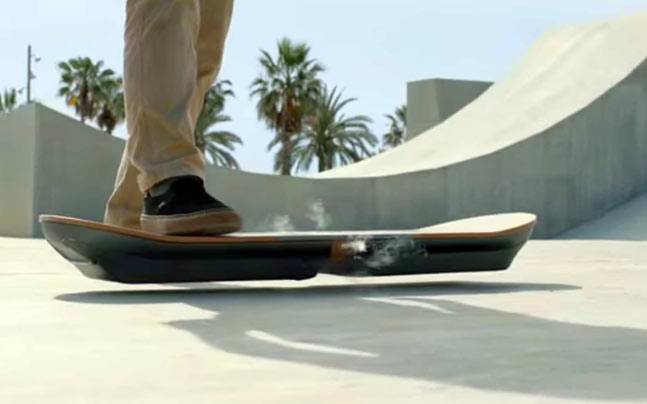-
Tips for becoming a good boxer - November 6, 2020
-
7 expert tips for making your hens night a memorable one - November 6, 2020
-
5 reasons to host your Christmas party on a cruise boat - November 6, 2020
-
What to do when you’re charged with a crime - November 6, 2020
-
Should you get one or multiple dogs? Here’s all you need to know - November 3, 2020
-
A Guide: How to Build Your Very Own Magic Mirror - February 14, 2019
-
Our Top Inspirational Baseball Stars - November 24, 2018
-
Five Tech Tools That Will Help You Turn Your Blog into a Business - November 24, 2018
-
How to Indulge on Vacation without Expanding Your Waist - November 9, 2018
-
5 Strategies for Businesses to Appeal to Today’s Increasingly Mobile-Crazed Customers - November 9, 2018
Lexus’ Fancy Board Really Hovers, but It’s Just for Show
Lexus-Toyota’s division for Luxury cars-have officially presented the SLIDE, a short film presenting the world’s first working hoverboard.
Advertisement
However, in terms of its use, one can question how real the hoverboard actually is.
“I’ve spent 20 years skateboarding, but without friction it feels like I’ve had to learn a whole new skill, particularly in the stance and balance in order to ride the hoverboard”.
Lexus went to the trouble of building an entire skating ramp with the special magnetic surface, all for the test run of the Slide hoverboard, with Ross McGouran as the test rider.
The 18-month hoverboard venture, a Lexus collaboration with magnetic levitation corporations IFW Dresden and evico GmbH, concerned immersing parts of the board in liquid nitrogen, making a magnetic area on the board. Thankfully, a press release published by Lexus on its official website explained how the device works.
The Lexus Hoverboard features two cryostats, reservoirs which contain super-conducting material, kept at minus 197°C through immersion in liquid nitrogen. A series of magnets embedded just below the surface of the specially built skate park give the Hoverboard its lift.
The Lexus Hoverboard may not require 1.21 gigawatts to function, but it is truly bleeding-edge technology. The board is then placed above a track that contains permanent magnets.
The Lexus project took 18 months to complete and the company wouldn’t even guess at how much it cost, reports Bloomberg.
Maglev technology isn’t new and is used in trains in Japan and China.
Advertisement
In “Back to the Future II”, Marty McFly travels to a fictional version of the year 2015, where skateboards hover, shoes lace up by themselves, and shin pads and helmets are popular fashion items.





























